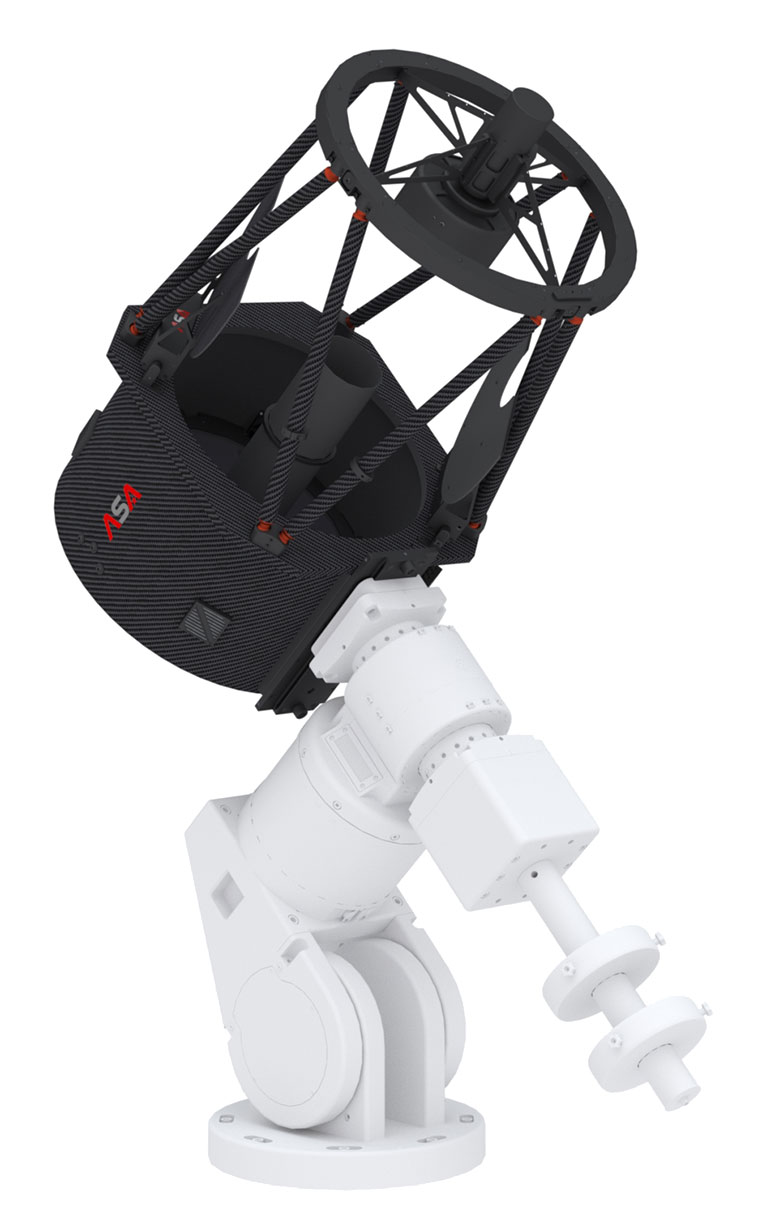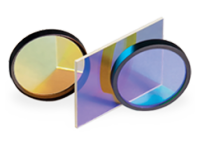Kepler systems allow the use of the Kepler Image Time Stamp (KITS) device, which is capable of very precise timing information, as well as positional information. KITS is a 32-channel receiver that yields 10 Hz update rates. When enabled, this option provides accurate timing, longitude, and latitude information by using GPS and GLONASS satellite data.With the addition of KITS, a Kepler camera will report timestamps with an accuracy of 1.5 microseconds*. Comparatively, a Kepler camera with only a connection to a computer may have an accuracy of 1 millisecond.
*Note: The Kepler Imager needs 4.5 minutes upon initial satellite connection to achieve this level of accuracy. See Timing below for more information.
The KITS is connected to the Kepler system via pin 1, pin 4, pin 6, and pin 7. Pin 1 operates as a 12V power supply for the KITS module. Pins 4 and 7 operate a UART connection, where pin 4 is the RX, and pin 7 is the TX. Pin 6 is ground, and connects into the cameras ground. The maximum cable length that connects the KITS to the Kepler camera is 30 feet (9.1 meters). Custom cables can be ordered through FLI to adhere to any length requirements less than 30 feet.The Kepler Image Time Stamp specifications are available here.
Operation
To enable KITS, just plug the KITS connector into the auxiliary port of your Kepler Camera. There is a delayed connection of up to two minutes. Once the KITS is connected and operational, a small green lock symbol will activate in the lower right hand corner of Pilot (Figure 1), if it has not yet connected, it will show a small red unlocked symbol (Figure 1). Please note that the KITS device must be in visual contact of the sky and the GPS satellites for successful connection.


Figure 1: Locked GPS Signal (Top) and Unlocked GPS Signal (Bottom)
The KITS timestamp is updated via a signal from the Garmin head, once every second. Upon loss of this signal, the camera's internal clock will generate timestamps until its accuracy is less than that of a computer's clock. The camera clock will maintain significant accuracy for 50 seconds. Then, the computer will begin generating timestamps. This allows for the metadata accuracy to stay consistent upon brief losses of GPS signal.
FLI Pilot monitors the connection status of the camera using FPROCtrl_GetGPSState, which is documented in Time Stamp Metadata. The result of this function will define whether the GPS unit is disconnected, locked, or unlocked.
FPROCtrl_GetGPSState will return 0 if there is no detected GPS unit. It will return 1 if a GPS unit is detected but there is no satellite connection. And it will return 2 if a GPS unit is detected and there is a satellite connection.
Timing
The KITS device is designed to accurately log the beginning of exposure with an accuracy of 1.5 microseconds.Upon connection to a GPS signal, the camera will need 4.5 minutes to fully synchronize and begin reportingtime with 1.5 microsecond accuracy. During the initial 4.5 minutes, the timestamps can only be accurate to 26microseconds.
When a camera does not have a KITS connection, its time information must come from the connectedcomputer. A computer connected to the internet with "Set Time Automatically" enabled can achieve 1millisecond of accuracy under typical conditions; however, the timestamp can only be as accurate as thecomputer. Additionally, if the computer's time is set manually, it should not be assumed that it is accurate to anydegree.
There are two operational states in which timestamps are associated with an image. When KITS is connectedand operational, the metadata timestamp is assigned at the beginning of the image exposure. In any othercase, the metadata timestamp is assigned at the end of the image exposure.

Figure 2 displays a timing diagram in the case that KITS is not responsible for the metadata timestamp. T1 isthe time required for an image to expose and T2 is the time required for the image to be processed and savedby the computer. X1 is the point at which the timestamp reports, which is the point in time at which the computerfirst receives image data from the camera.It is important to note that when KITS is not in use, the time at which an image is timestamped will be the time atwhich the computer receives image data.
Figure 2: Timing when KITS is not used

Figure 3 represents a situation where KITS is enabled and operational. T1 is the time of exposure and T2 isthe time of image processing on the users computer. X1 is the beginning of exposure for an image, and is thetime at which the timestamp for that image will report.It is important to note that when KITS is enabled, the time at which an image is timestamped will be the time atwhich that image began exposing.
Figure 3: Timing when KITS is used
 Figure 4 shows the timing diagram of two images being taken back to back. The rises marked ExposureTimes represent the duration of the defined exposure time for the first and second image. The rises markedProcessing Times represent the duration required for the computer to process each image.When KITS is disabled, the points in time marked X1 and X2 show the points in time that would be saved as theimage timestamp.When KITS is enabled, the points in time marked KITS1 and KITS2 show the points in time that would besaved as the image timestamp.When the KITS unit fails to connect and the 50 second buffer concludes, the point at which a timestamp Figure 4: Timing for two image captures
Figure 4 shows the timing diagram of two images being taken back to back. The rises marked ExposureTimes represent the duration of the defined exposure time for the first and second image. The rises markedProcessing Times represent the duration required for the computer to process each image.When KITS is disabled, the points in time marked X1 and X2 show the points in time that would be saved as theimage timestamp.When KITS is enabled, the points in time marked KITS1 and KITS2 show the points in time that would besaved as the image timestamp.When the KITS unit fails to connect and the 50 second buffer concludes, the point at which a timestamp Figure 4: Timing for two image captures
isassigned shifts. With respect to Figure 4, this shift is from KITS1 and KITS2 to X1 and X2. During thistransition, a pair of images will have an image to image time of KITS1 to X2. This will cause the time betweentwo frames to appear to double.










